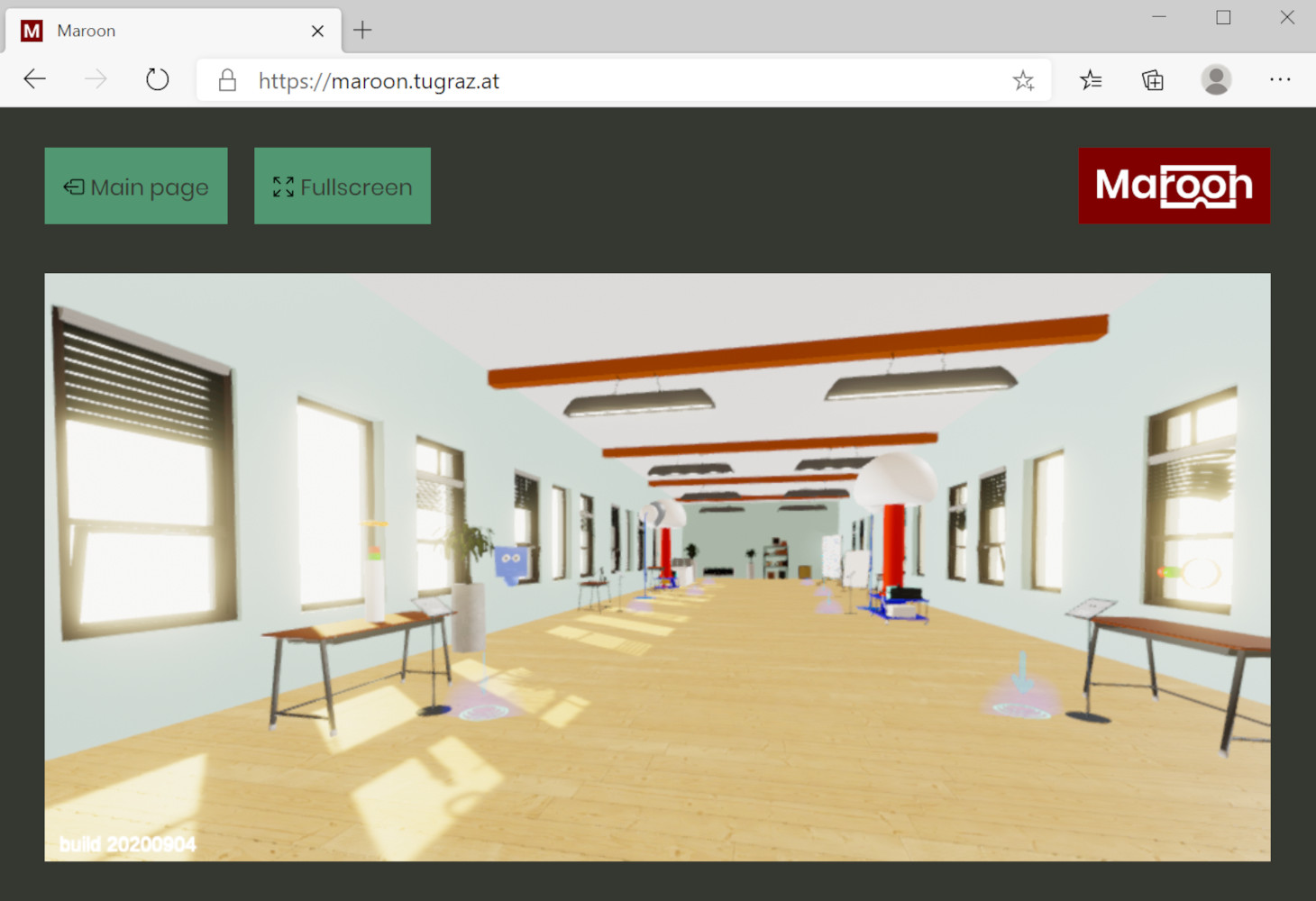

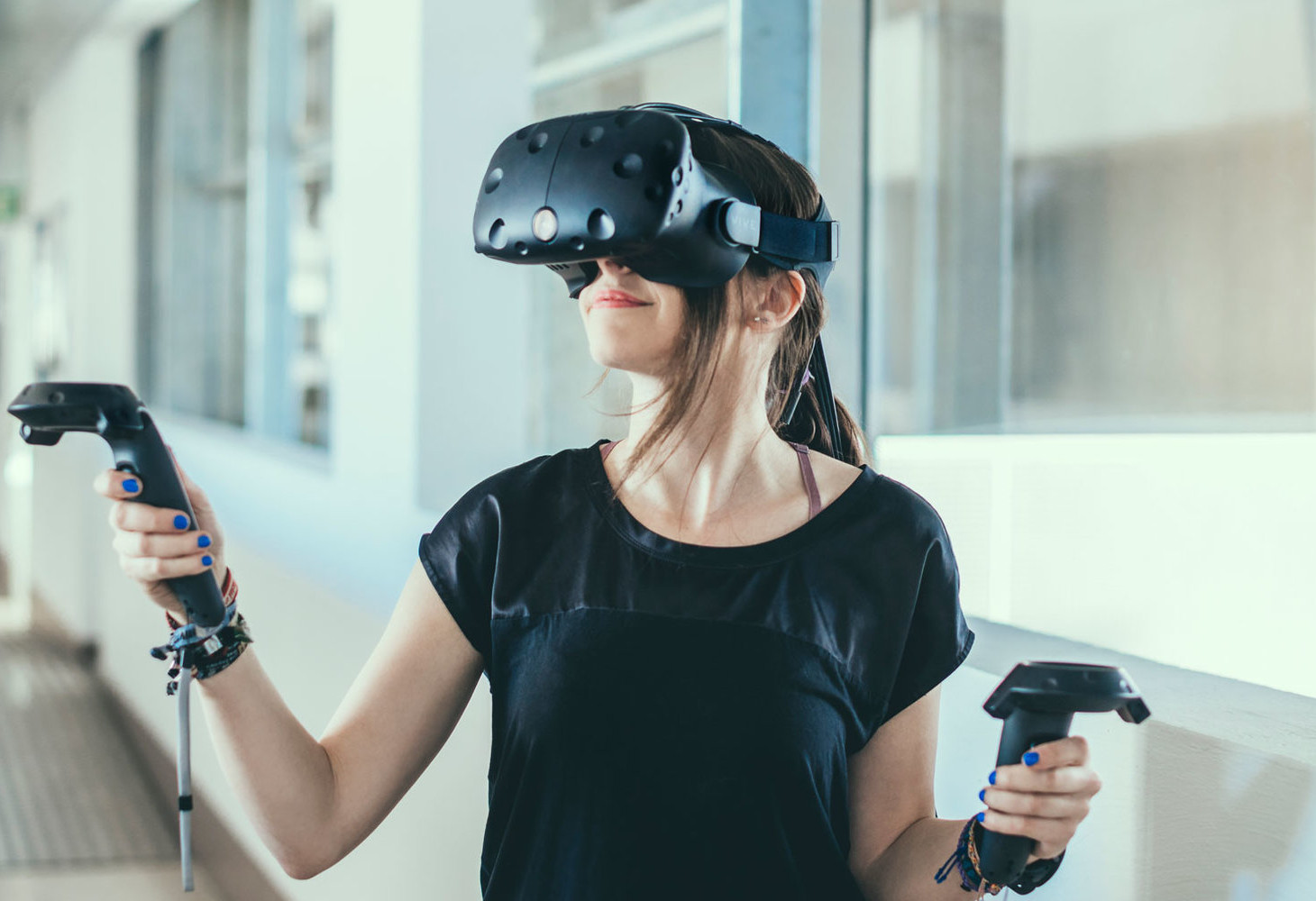
1A810512A331BE1D37577CCF0F0639ACCF4E4379074E5898F0A5F431F27A5FF8 Maroon-PC-v4_3-2025-02-19.zip
64D5319B43525768625C941CF9977E4A50D2374D096705417159032FC15DF035 Maroon-VR-v4_3-2025-02-19.zipMaroon is an immersive physics laboratory designed to support the flexible integration of different interactive learning experiences. The user can approach one of the stations and teleport themself to a room containing the content, simulation or experiment.

The lab is developed using Unity software at Graz University of Technology. Using video game technology enables the system to provide a high-quality 3D environment across different devices, such as browsers, desktop PCs and VR platforms.
A short documentary (in German, English subtitles available) from ORF explains the basic concepts of Maroon and mentions future visions of the project.
Maroon is an interactive virtual laboratory that allows to explore various experiments and phenomena. The simulations are designed for active learning and involve students in the learning process.
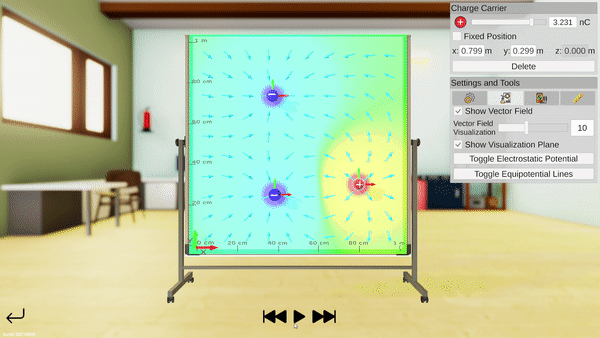
The user can visualize and simulate the forces acting upon electrically charged particles.
Start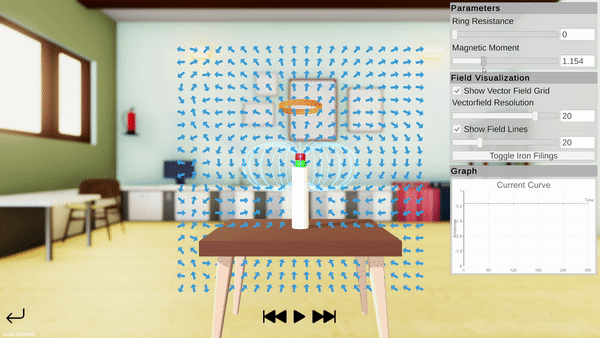
The user can visualize magnetic field lines and experience forces acting between a magnet and a coil.
Start
Similar to the falling coil experiment, the user can explore magnetic induction by moving a conductor across a magnetic field.
Start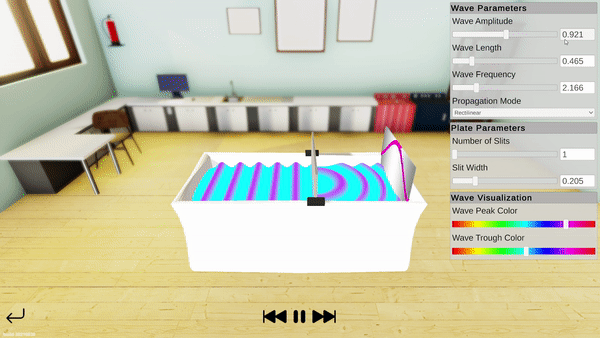
Simulates the Huygens' Principle in form of a bathtub, where the user can move and modify a slit plate and see the effects on wave propagation.
Start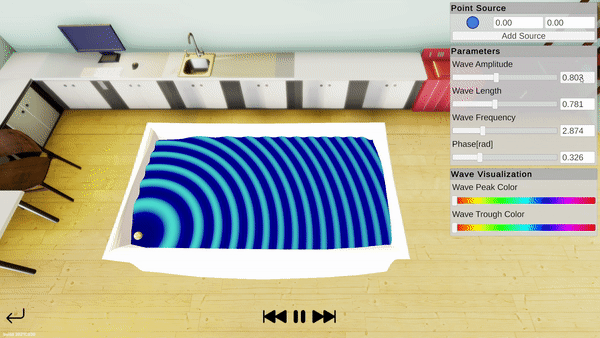
The user can see the interference effects between multiple, different point wave sources in a bathtub.
Start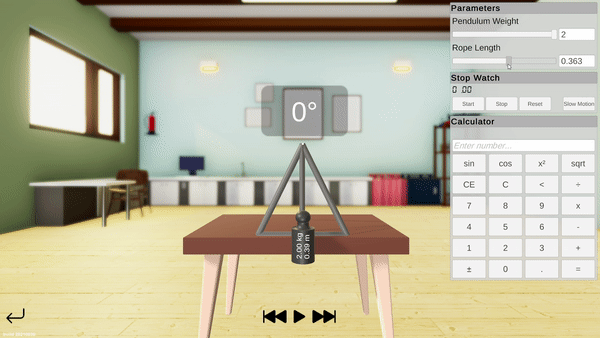
A pendulum with modifiable properties including length and weight. The user can observe the effects of changing properties on its period.
Start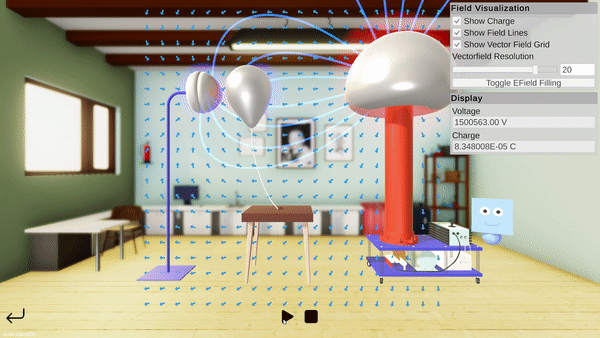
An experiment with a Van de Graaff generator and a balloon that transports charges between the generator and a grounding device.
Start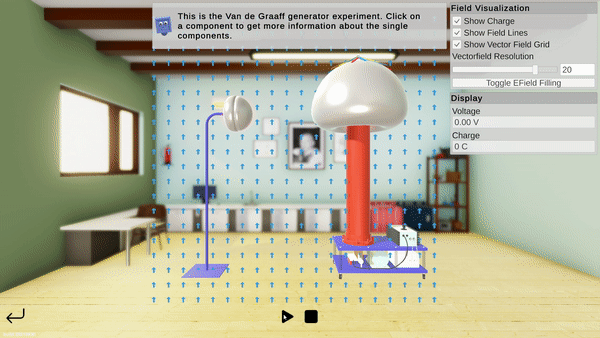
An experiment that simulates a Van de Graaff generator with a grounding device. The user can move the grounding device to see how it affects the field lines of the generator, and also discharge it by moving it close enough.
Start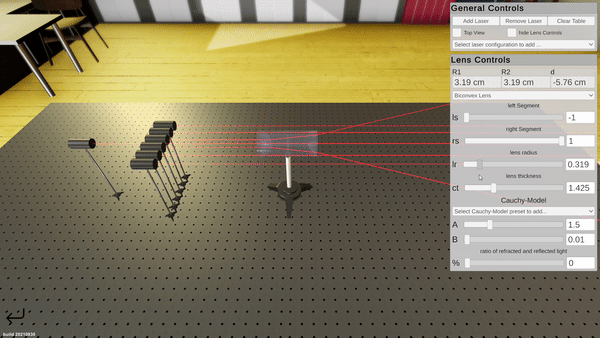
It visualizes and explains the concepts of reflection, refraction, and derived concepts like lenses or fiber optics. Users are allowed to change lots of parameters and get real-time, visual feedback, without being exposed to the dangers of lasers.
Start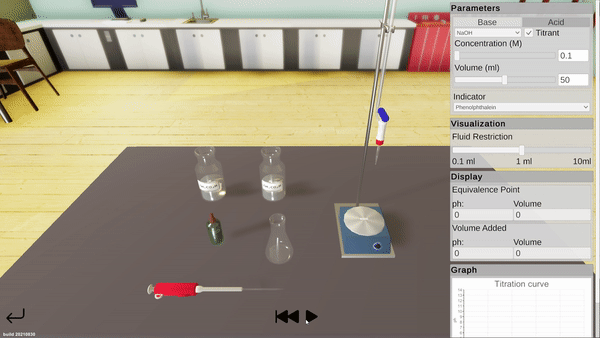
The user can experiment with different types of titrations by changing chemicals as well as concentrations.
Start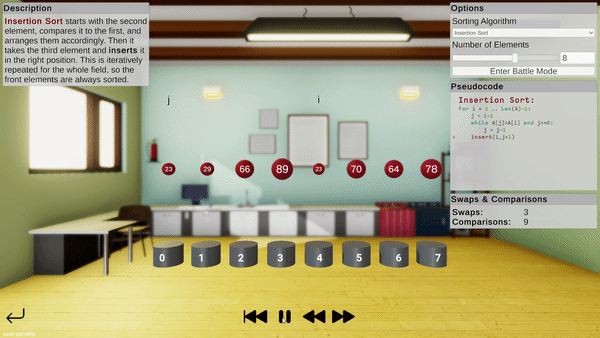
Visualizes, explains, and compares some of the most popular sorting algorithms in computer science, including bubble sort, quick sort, and others.
StartPirker, J., Kopf, J., Kainz, A., Dengel, A., & Buchbauer, B. (2021, March). The potential of virtual reality for computer science education-engaging students through immersive visualizations. In 2021 IEEE Conference on Virtual Reality and 3D User Interfaces Abstracts and Workshops (VRW) (pp. 297-302). IEEE. (Link)
Holly, M., Pirker, J., Resch, S., Brettschuh, S., & Gütl, C. (2021). Designing VR Experiences-Expectations for Teaching and Learning in VR. Educational Technology & Society, 24(2), 107-119. (Link)
Pirker, J., Holly, M., & Gütl, C. (2020, June). Room scale virtual reality physics education: Use cases for the classroom. In 2020 6th International Conference of the Immersive Learning Research Network (iLRN) (pp. 242-246). IEEE. (Link)
Pirker, J., Holly, M., Almer, H., Gütl, C., & Belcher, J. W. (2019). Virtual reality STEM education from a teacher’s perspective. In iLRN 2019 London, Workshop, Long and Short Paper, and Poster Proceedings: from the Fifth Immersive. Verlag der Technischen Universit¨ at. (Paper)
Pirker, J., Holly, M., Lesjak, I., Kopf, J., & Gütl, C. (2019). MaroonVR—An Interactive and Immersive Virtual Reality Physics Laboratory. In Learning in a Digital World (pp. 213-238). Springer, Singapore. (Link)
Pirker, J., Lesjak, I., Parger, M., & Gütl, C. (2018). An educational physics laboratory in mobile versus room scale virtual reality-a comparative study. In Online engineering & internet of things (pp. 1029-1043). Springer, Cham. (Link)
Pirker, J., Holly, M. S., Hipp, P., König, C., Jeitler, D., & Gütl, C. (2017, November). Improving physics education through different immersive and engaging laboratory setups. In Interactive mobile communication, technologies and learning (pp. 443-454). Springer, Cham. (Link)
Pirker, J., Lesjak, I., & Guetl, C. (2017, July). Maroon VR: A room-scale physics laboratory experience. In 2017 IEEE 17th International Conference on Advanced Learning Technologies (ICALT) (pp. 482-484). IEEE. (Link)
Maroon is an open source project hosted on GitHub. You are welcome to contribute ideas, report issues or create pull requests.
We are also looking for students who are interested in adding functionality, enhancing the virtual reality experiences, or adding new learning experiences (e.g. physics experiments) to Maroon. For more info regarding possible fields for a bachelor or master thesis contact Johanna Pirker. Possible fields are: